
ASUS pivoted to making small phones two years ago, and that strategy worked out pretty well for the brand. At a time when other brands started focusing on bigger devices, the Zenfone series served as the de facto choice for those who wanted a small phone with high-end hardware.
But the brand still has a sizeable userbase that wants a large phone, and it's now catering to those users with the introduction of the Zenfone 11 Ultra — which has a 6.78-inch screen while retaining the best features of previous Zenfone devices.
What it doesn't have is any design similarity to the Zenfone 10 or Zenfone 9; if anything, the phone looks nearly identical to the ROG Phone 8, and the USB-C port at the bottom isn't centered. Clearly, ASUS is using the same foundation for both phones, and I don't have a problem with that.
While ASUS hasn't confirmed the existence of a smaller Zenfone, the naming convention suggests we should see a standard Zenfone 11 model that's based on a smaller chassis — similar to the last two years. Considering the launch window of the Zenfone 11 Ultra, we should see the regular model debut sometime in the summer.
The Zenfone 11 Ultra shares the same great feature-set as its predecessors, but it has the same foibles: the phone will only get two platform updates, and that is nowhere close to being enough in 2024. However, there's a distinct lack of Android phones with clean software and good customizability, and the Zenfone 11 Ultra slots into that segment with effortless ease.
ASUS is also betting big on AI, and the Zenfone 11 Ultra has a slate of useful features that make a difference. I used the Zenfone 11 Ultra as my daily driver for two weeks, and here's what I think of the device.
ASUS Zenfone 11 Ultra: Pricing and availability

ASUS unveiled the Zenfone 11 Ultra on March 14, and the phone is now up for pre-order in select global markets. The base model has 12GB of RAM and 256GB of storage, and ASUS is also rolling out a 16GB/512GB version.
The 12GB/256GB model will be available for $899 in the U.S., €999 in most European countries, and £869 in the U.K. ASUS isn't launching the 16GB/512GB model in the U.S. at the moment, but it will debut at €1,099 in Europe and £949 in the U.K.
ASUS has pre-order offers running from March 14 to April 14 that bring the cost of the 12GB/256GB model down to €899 in Europe and £819 in the U.K., and the 16GB/512GB to €999 and £869. ASUS will sell the device via its website as well as Amazon, and local partners in select regions.
ASUS isn't discounting the device in the U.S., but will bundle its Cetra earbuds with all pre-orders. The Zenfone 11 Ultra will be sold via ASUS's website in the U.S., and the brand's regional partner Mobile Advance will sell the device on Amazon.
ASUS Zenfone 11 Ultra: Design

ASUS is switching things up with the Zenfone 11 Ultra, and the matte texture with oversized cameras that were a chief design characteristic of the last two years is making way for a cleaner look. The Zenfone 11 Ultra instead has a silky finish at the back, and the design is based on ASUS's anniversary logo monogram.
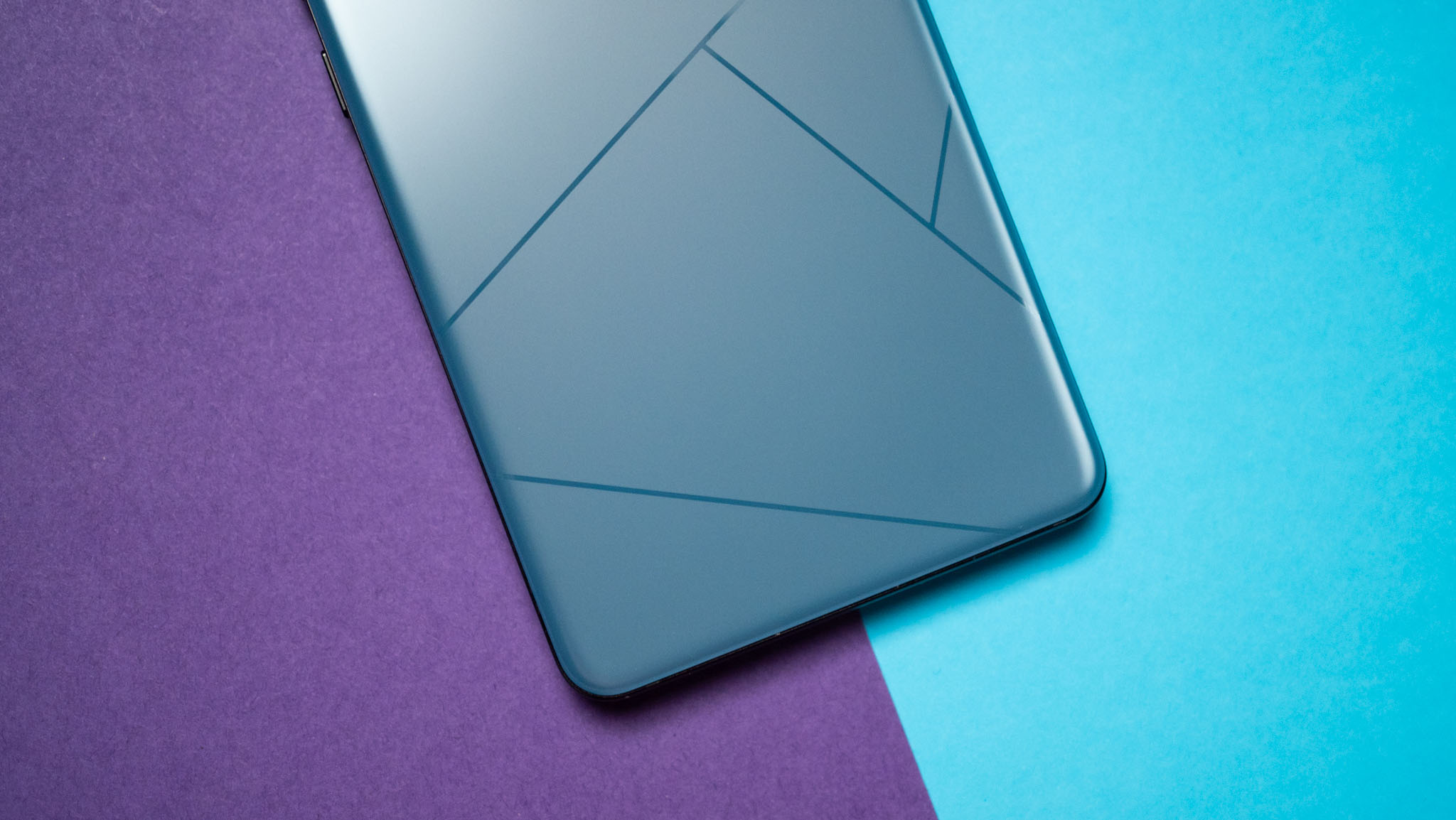
The minimal design looks good, but it doesn't quite have the same great in-hand feel as the Zenfone 9 or Zenfone 10. The phone is available in four color variants — white, black, blue, and peach — but the color is limited to the back, with the sides decked out in black on all four models.

The camera module is also in the same black hue across all color variants, and it makes the device look decidedly budget. Most flagship phones have elegant designs with standout colors, and I can't help but feel that the Zenfone 11 Ultra comes across as plain. ASUS should have matched the sides to the colors at the back, and used a design that has a bit more character; as it stands, the camera island at the back is purely functional with no thought given to aesthetics.

Given just how similar the phone is to the ROG Phone 8, ASUS wanted to reuse the same foundation without making too many changes. This saves a ton of costs during manufacturing, so I understand the brand's reason for doing so. However, the ROG Phone 8 has a distinct visual identity, and the Zenfone 11 Ultra misses out in that area.

While the design doesn't really stand out, ASUS is using high-quality materials throughout. The mid-frame is made out of recycled aluminum, the back curves slightly as it meets the sides, so you can easily hold the device, and even though this is a tall and heavy phone, ASUS nailed the weight distribution.
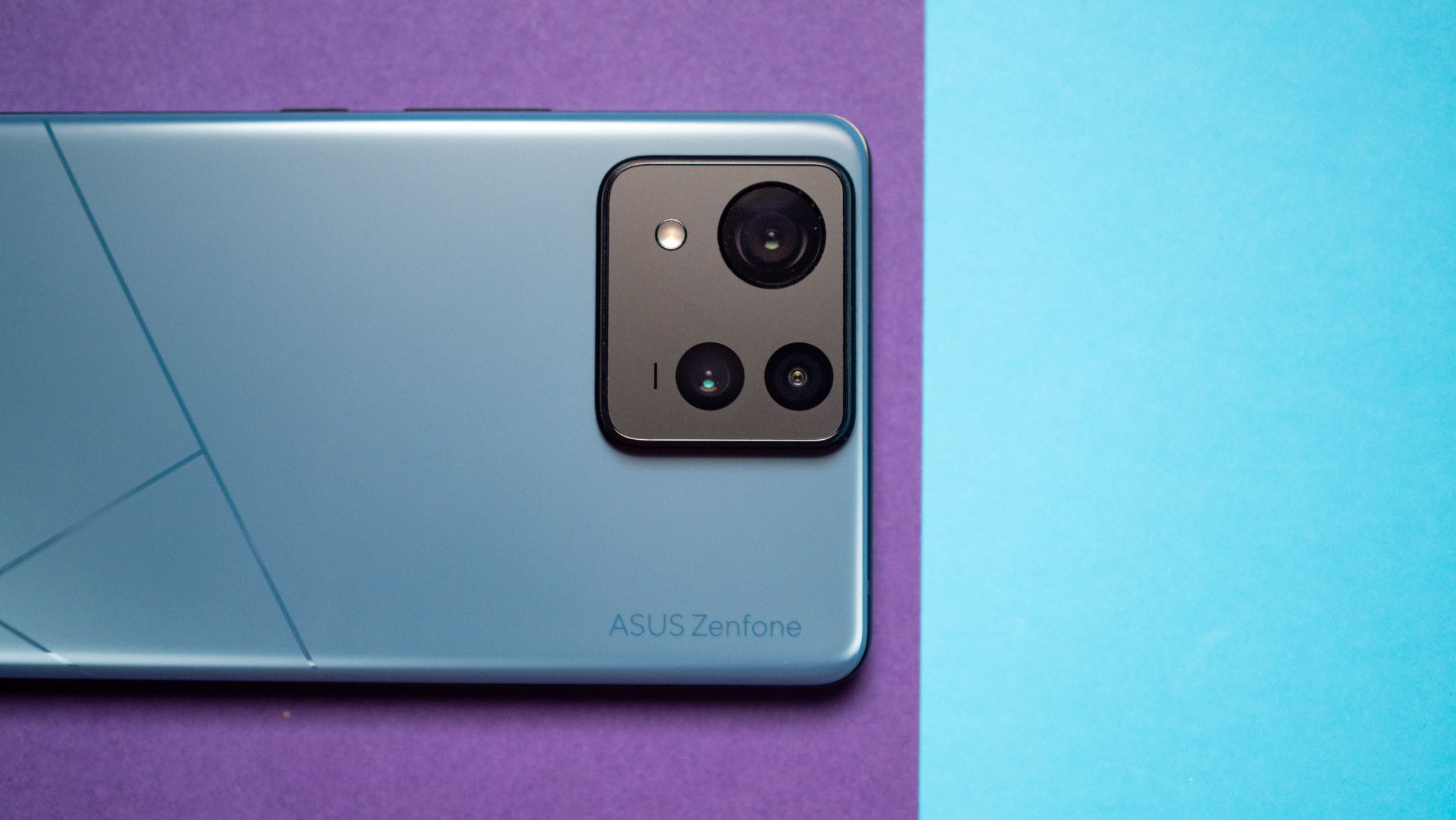
The camera island is positioned in such a way that there's no wobble when using the device on a table. ASUS always offered a 3.5mm jack on its Zenfone series, and the Zenfone 11 Ultra doesn't miss out in this area — you get the analog jack at the bottom.

Because the phone is a rebadged ROG Phone 8, the USB-C port isn't centered; it sits to the left at the bottom, with the SIM card tray moved to the middle. The reason for this is so that the charging cable doesn't get in the way when you're playing a game while charging the phone, but it just looks weird on the Zenfone 11 Ultra.

Also, there's no way to charge the device easily if you're like me and use a phone stand. ASUS should have paid more attention to these design considerations, because as it stands, the Zenfone 11 Ultra doesn't have much in the way of differentiation.

But you still get IP68 dust and water resistance, and the pane of glass at the back is protected by a layer of Gorilla Glass Victus 2. The Zenfone 11 Ultra is good to hold and use, but the phone is positioned against flagships, and it just doesn't have the flair that's needed in this category. Basically, ASUS went from making the best small phone to a device that doesn't quite have a distinct visual identity.
ASUS Zenfone 11 Ultra: Display
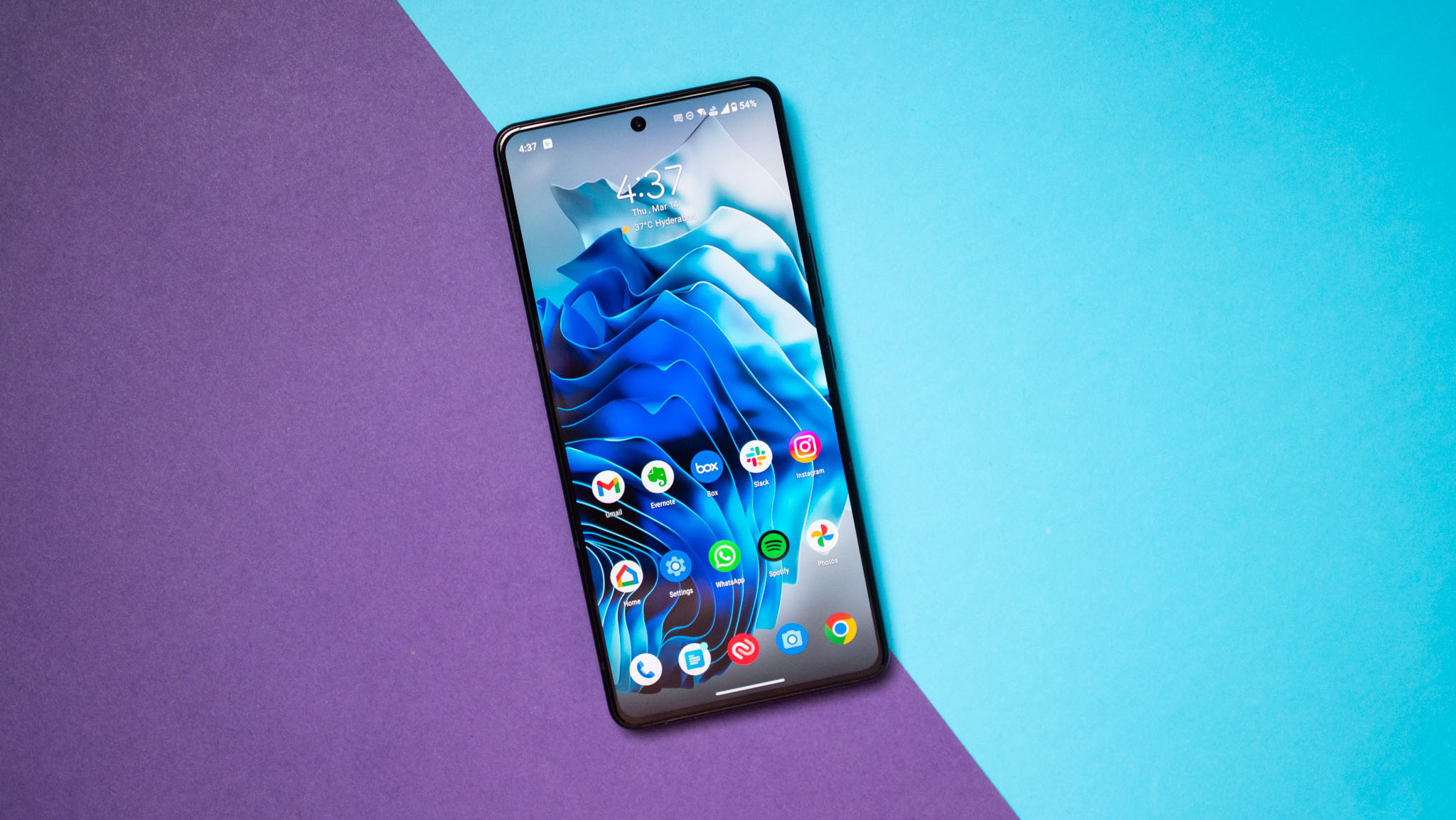
ASUS says it got a lot of feedback over the last two years from Zenfone users that wanted a larger device, so the Zenfone 11 Ultra is catered to meet those needs. The phone has a 6.78-inch AMOLED panel, and it gets all the extras you'd want in 2024: it has 120Hz refresh, the screen goes up to 2,500 nits in HDR content, and 1,600 nits in HBM mode. While those figures aren't as high as the Magic 6 Pro, the Zenfone 11 Ultra manages to get just as bright in daily use scenarios, and that's what ultimately matters.

The phone has LTPO tech as well, with the panel going down to 1Hz when viewing static content. ASUS tends to calibrate its panels on the cooler side, and that is the case with the Zenfone 11 Ultra as well. That said, you can easily change the color balance via the settings; there are four modes available, and you can use the Customized option to tweak colors to your liking.
You can set the screen refresh to Auto mode, or manually switch between 60Hz and 120Hz. There's a gaming mode that pushes the screen refresh to 144Hz, but there's no way to manually enable it, and it only activates in select titles.
The bezels are noticeably thinner than the Zenfone 10, and the selfie camera cutout is centered. ASUS always delivered good stereo sound on its phones, and the Zenfone 11 Ultra has powerful stereo speakers that are among the loudest in this category.
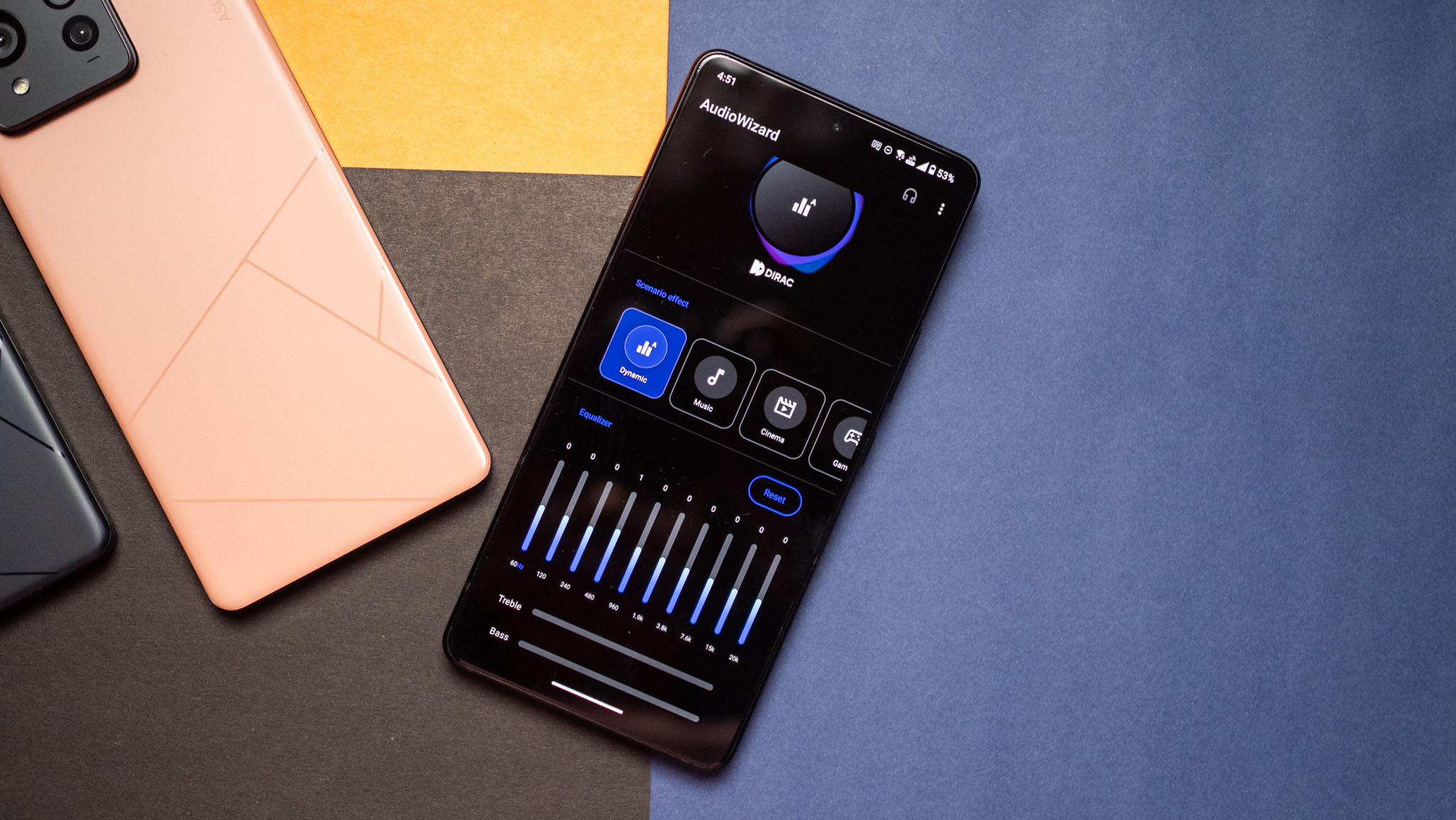
You also get a 3.5mm jack, Dirac's Virtuo tuning in the AudioWizard control panel that makes a legitimate difference when playing games or streaming content — there's even a 10-band parametric EQ. ASUS is one of very few brands that offers the full AptX suite of audio codecs, so if you're using a pair of wireless earbuds, there's a good chance that you'll be able to stream high-res music.

ASUS has its usual game turbo engine here, and it is among the best you'll find on any phone. A new addition this year is Video Genie, which is designed to minimize distractions when you're watching a video. You get the option to mute calls and notifications while a video is playing, and it is a nifty feature.
To round things off, you get an always-on mode, but the clock styles are fairly limited, and you don't get much in the way of customizability. Other than that, the Zenfone 11 Ultra ticks all the right boxes; the screen is large and vibrant, you get a lot of useful extras, and it is a delight to use for gaming and playing videos.
ASUS Zenfone 11 Ultra: Hardware

ASUS knows what it's doing when it comes to the hardware, and the Zenfone 11 Ultra has zero issues in this particular area. The device is powered by Qualcomm's Snapdragon 8 Gen 3, and you get 12GB of LPDDR5X RAM and 256GB of UFS 4.0 storage as standard. There's also a 16GB/512GB model if you need more storage, but there isn't a 1TB version.
Just like ASUS's gaming phones, there are no slowdowns whatsoever in daily use, and the Zenfone 11 Ultra is one of the fastest phones you can buy at the moment. ASUS did a terrific job optimizing the hardware with ZenUI, and it is fluid like no other device in this segment. However, I noticed a few instances where apps crashed at launch, but by and large, there are no problems in daily use.
The Zenfone 11 Ultra is terrific at gaming as well, and it delivers stable framerates in demanding titles with no issues. ASUS isn't throttling the chipset this time, so it tends to overheat during extended gaming sessions, but not to a point where it gets uncomfortable.
But in the Solar Bay stress test, the device got so hot that I wasn't able to hold it. It went up to 58 degrees, and that is second only to the Nubia Z60 Ultra, which hit 60 degrees. Most 2024 phones I tested didn't go beyond 44 degrees, and while the Zenfone 11 Ultra gets noticeably hotter than its rivals, it doesn't go anywhere close to that 58-degree mark in regular use. Although it gets hot, there is no noticeable throttling while gaming, and the stability score of 77.1% in Solar Bay is one of the highest of any device.
There isn't anything missing on the connectivity front, with the Zenfone 11 Ultra featuring a modem that has Bluetooth 5.4, Wi-Fi 7, global Sub-6 5G bands, NFC, and dual-band GPS. ASUS did a good job with the haptic engine as well, and you get granular feedback while using the keyboard and navigating the interface.
Barring a few glitches that have been addressed in the latest software build, I didn't see any issues with the Zenfone 11 Ultra — ASUS once again delivered one of the best hardware packages in the segment.
ASUS Zenfone 11 Ultra: Battery life

ASUS took full advantage of the increased real estate, and fitted a 5500mAh battery inside the Zenfone 11 Ultra. The result is that the phone lasts up to two days with medium use, and I got a day and a half even with heavy use. Battery anxiety is largely nonexistent in 2024, but the Zenfone 11 Ultra has a distinct edge over its rivals, delivering at least an hour of additional screen-on-time.
The phone uses the standard USB PD 3.0 charging protocol, and charges at 65W. You even get wireless charging here, going up to 15W over the Qi 1.3 standard. But what's annoying is that there is no charger in the box; ASUS is emulating Samsung in this regard, and you'll need to buy a USB PD charger to use with the Zenfone 11 Ultra if you don't have one. This is a real shame considering the bundled ASUS chargers were particularly good at charging a variety of other products.
ASUS Zenfone 11 Ultra: Cameras

ASUS has steadily refined its cameras over the last two years, and the Zenfone 11 Ultra builds on this with a versatile package that includes three lenses. The main camera is a 50MP Sony IMX90 with a 6-axis gimbal stabilization system. The gimbal stabilizer makes a ton of difference when shooting videos, and I'm glad that ASUS retained it this time around. While the IMX890 is showing its age, ASUS says it went with the module as it was easy to integrate with the gimbal stabilizer.
There's also a 13MP wide-angle lens with 120-degree field of view, and a new addition is a 32MP telephoto lens with OIS that does 3x optical zoom. The lens goes up to 30x digitally, but in my usage, I found that it delivered usable shots up to 5x. Up front, you'll find a 32MP module with 90-degree FoV that uses 4-to-1 pixel binning to deliver 8MP shots.



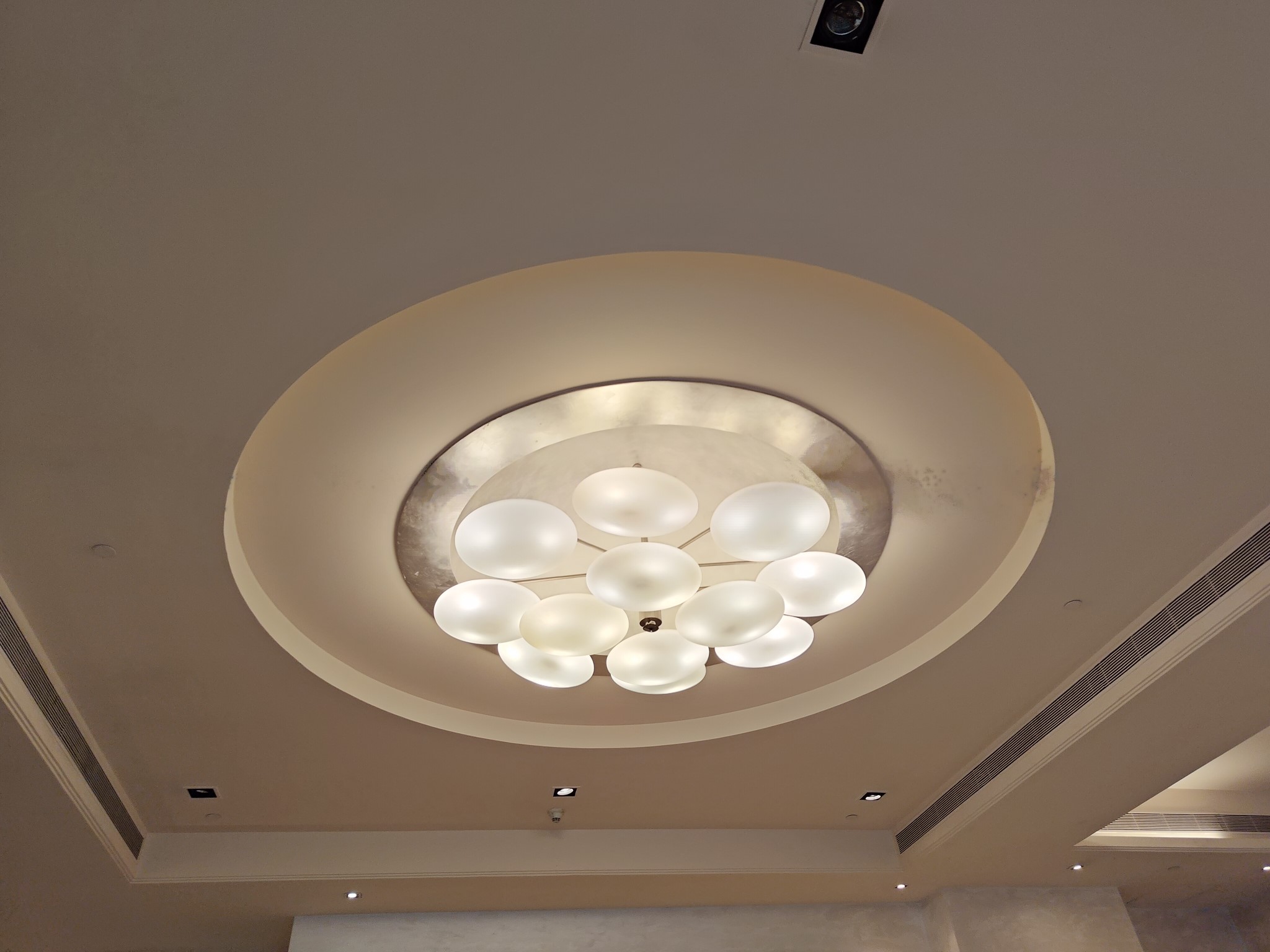



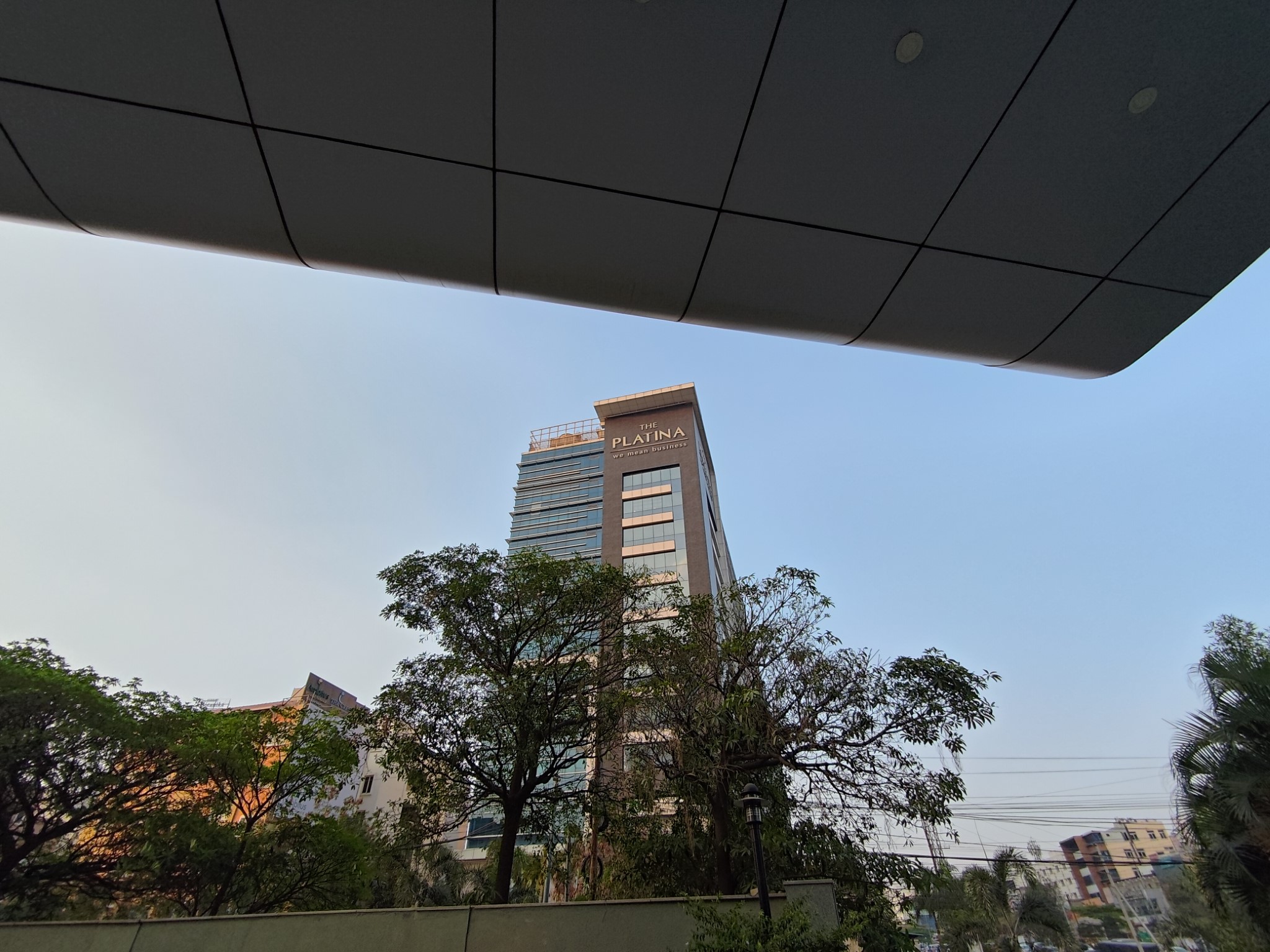






The Zenfone 11 Ultra takes stellar photos in daylight scenarios, with resultant shots offering great dynamic range and color accuracy. The camera tuning skews toward accurate color rendition, and while there is aggressive smoothening when it comes to foliage, the camera holds its own against other flagships.
The wide-angle lens is quite decent too, and it manages to deliver photos with the same color balance as the main lens. I was excited to try out the 3x zoom lens, and while it does a good job most of the time, there's still some work that needs to be done to tune the sensor.
You get detailed images in low-light scenarios as well, and ASUS was definitely able to eke the most out of the Sony sensor. There's some fringing at times and you miss out on details, but on the whole, the main camera is great in low-light situations. It takes a second to save photos to the gallery, but other than that, there isn't a lot that's wrong.
The auxiliary lenses are strictly average in challenging scenarios, and they just don't measure up to what other flagships offer. Another area where ASUS misses out is taking photos of fast-moving objects; it just isn't anywhere as good as the Pixels or the Find X7 Ultra in these situations.
The cameras are the best of any Zenfone I used thus far, and ASUS got a lot of things right in this area. That said, other brands raised the bar considerably in 2024, with the Honor Magic 6 Pro and Find X7 Ultra delivering huge gains. The Zenfone 11 Ultra just doesn't measure up against those devices, and it isn't on par with the Pixel 8 Pro or Galaxy S24 Ultra in this regard.
ASUS Zenfone 11 Ultra: Software

I tested the Zenfone 11 Ultra with the 34.1420.1420.226 build, and this is the retail version that will be available on consumer devices. ASUS mentions that the build will be available as a day-one OTA update, so if you don't see all the software features out of the box, you'll need to update your phone.
The Zenfone 11 Ultra runs the latest iteration of ZenUI on Android 14, and ASUS is doing a great job with its UI efforts. The interface itself is clean and doesn't have any bloatware, and you can't say that about most phones in this segment — the Pixel 8 Pro is the only other device that comes to mind.

What I like with ZenUI is that it gives you plenty of customizability across the board. The notification pane has three styles: ASUS Optimized is the usual option that switches to the older Android system, you can choose Stock Android that has large tiles similar to what you get on a Pixel, and there's a new mode that splits the notification pane in two — with toggles on one side, and notifications on the other.
The UI itself is fluid, and there are no issues in daily use. But the only issue is that ASUS is aggressive with memory management, and I had issues with push notifications at times. This was a problem last year as well, and while there is a setting to disable battery optimization individually, that doesn't do much.

ASUS is rolling out a suite of AI features with the device, and these include AI Call Translator, AI Transcript, AI Wallpaper, and AI Noise Cancellation. AI Call Translator is baked into the ASUS phone dialer, and it delivers real-time translations when you're talking to someone in another language.
You also get the ability to create unique backgrounds on the fly, but the feature I like the most is AI Transcript. It transcribes audio — when using the built-in sound recorder — and it does a brilliant job. I normally use a standalone recorder when conducting interviews, but I decided to just take the Zenfone 11 Ultra when talking to Nothing's co-founder, and it did a great job picking up audio and transcribing it.

ASUS says the recorder works in eight languages, and transcribing is done on-device — no data is sent to the cloud. There's a nifty summary mode that basically summaries the contents of the audio, and this feature relies on the cloud. ASUS introduced Semantic Search debuted on the Zenfone 10, and the feature is available here as well. It uses metadata and contextual information to surface images in the gallery and pull up relevant sub-menus in the settings.
ZenUI now has Phone Link built-in, and ASUS has its own GlideX control panel that lets you use your phone with your Windows machine. The Taiwanese manufacturer is also introducing Qualcomm Seamless; the feature isn't available just yet, but will go live later in the year, and it lets you seamlessly switch between your phone and Windows machine.

The main issue with ZenUI is software updates, or lack thereof. ASUS guarantees two Android platform updates with the Zenfone 11 Ultra, and four years of security updates. There's just no way this is adequate on a phone that costs $899 in 2024, and it severely limits the device.
ASUS maintains that it has limited engineering resources and it cannot deliver more than two updates, but there are brands like Nothing that have fewer resources but still guarantee three updates on budget phones like the Phone (2a), so ASUS doesn't have an excuse in this area. With Google and Samsung now offering seven updates and the rest of the field guaranteeing four platform updates, the Zenfone 11 Ultra is woefully behind.
ASUS Zenfone 11 Ultra: The alternatives

The Pixel 8 Pro is the obvious alternative to the Zenfone 11 Ultra, with Google also offering a clean interface that doesn't have any bloatware. The Pixel 8 Pro isn't as powerful, nor does it last as long. However, you get a much better camera system, seven years of software updates, and the design looks much better. As a flagship, the Pixel 8 Pro just has much more to offer.
If you want to maximize value, the OnePlus 12 is a good choice to consider. The software isn't anywhere as good as what you get on the Zenfone 11 Ultra, but you get powerful hardware, a gorgeous design, stellar battery life, and versatile cameras that take terrific photos.
ASUS Zenfone 11 Ultra: Should you buy it?

You should buy this if:
- You want a large phone with terrific hardware
- You need a phone with the best battery life
- You want clean software with plenty of useful features
You shouldn't buy this if:
- You need long-term Android updates
- You want flagship cameras
- You need a charger in the box
When you're paying $899 for a phone, you want the absolute best that's available. To its credit, ASUS got a lot right with the Zenfone 11 Ultra; the phone is one of the fastest around, the battery lasts longer than just about any other phone I used in 2024, and the clean software is a delight to use. You even get a few AI features that are actually meaningful, and ZenUI continues to be one of my favorite Android skins.
The cameras take better photos than previous ASUS phones as well, and it's good to see ASUS make good strides in this area. That said, they're still not quite on the same level as other flagships. The Pixel 8 Pro, Honor Magic 6 Pro, and even the OnePlus 12 outmatch the Zenfone 11 Ultra in most scenarios, and ASUS needs to do more if it wants to hold its own against other flagships.
But the biggest issue with the Zenfone 11 Ultra is that it will just get two software updates. That's not enough for a budget phone, much less a device that costs $899. Every other phone in this segment gives you at least twice as many updates, and while the Zenfone 11 Ultra clearly has a lot to offer, the pitiful update policy is ultimately a deal-breaker.







